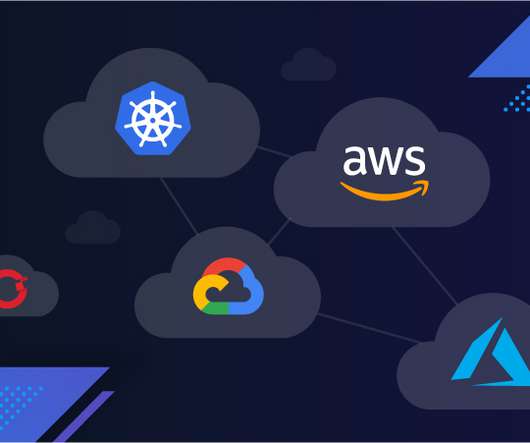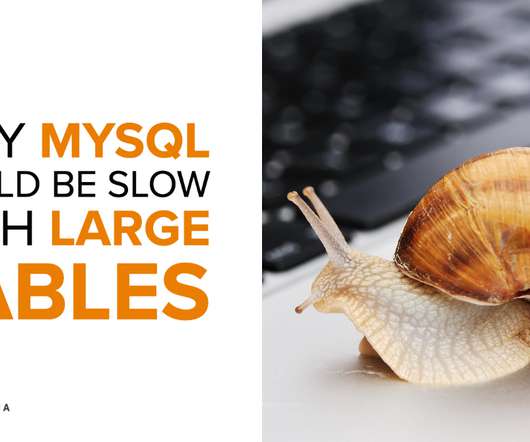What is IT operations analytics? Extract more data insights from more sources
Dynatrace
MAY 1, 2023
Additionally, ITOA gathers and processes information from applications, services, networks, operating systems, and cloud infrastructure hardware logs in real time. Then, big data analytics technologies, such as Hadoop, NoSQL, Spark, or Grail, the Dynatrace data lakehouse technology, interpret this information.



























Let's personalize your content